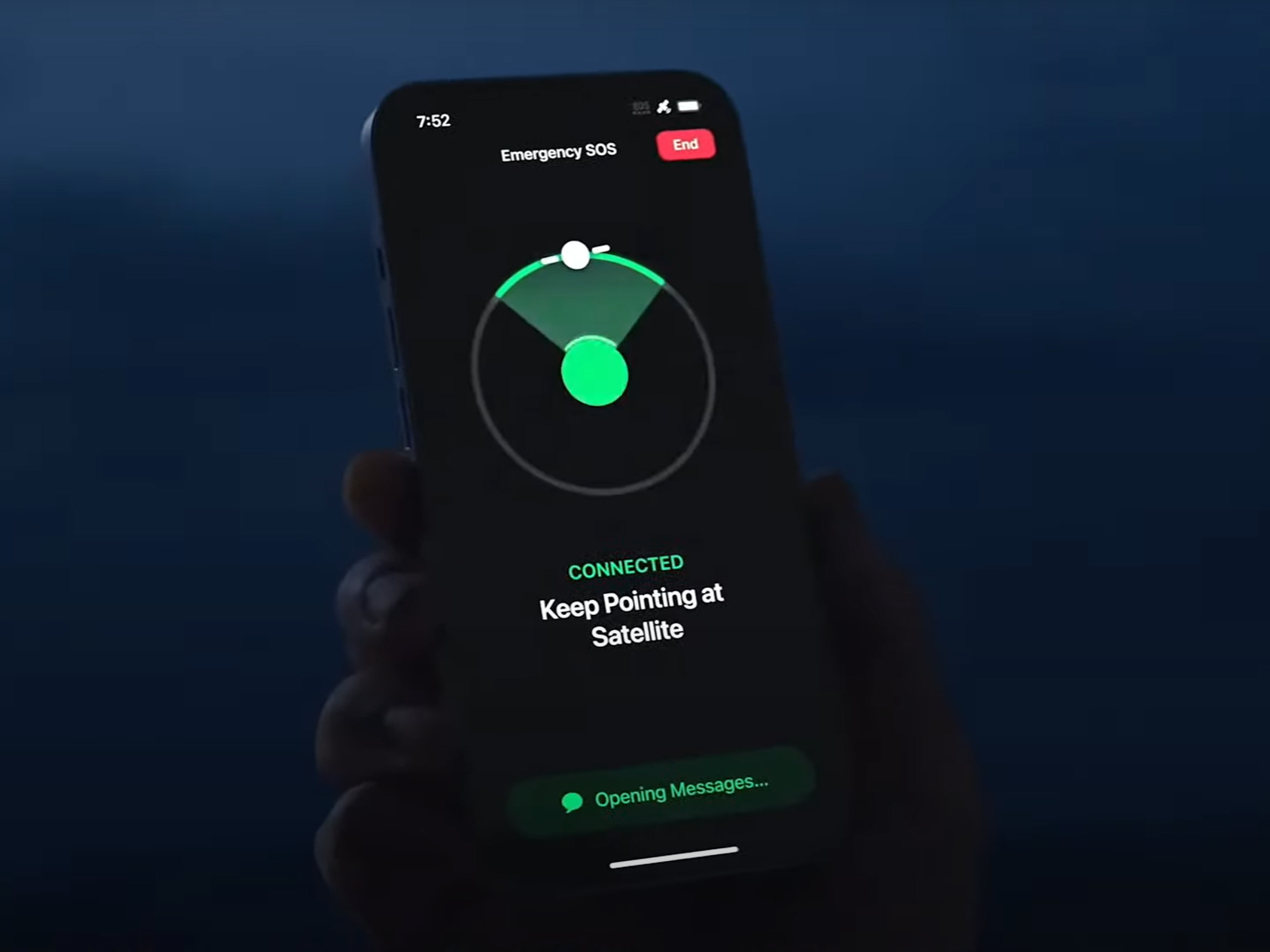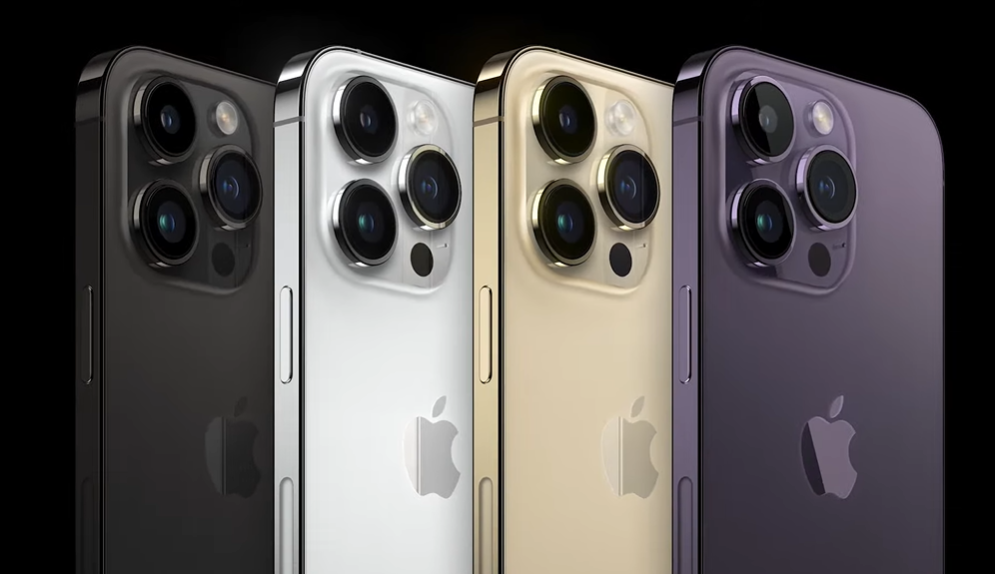How does the new iPhone 14 satellite feature work and when is it available?
Apple says SOS connectivity can also be used for ‘more casual, less dire circumstances’

Your support helps us to tell the story
From reproductive rights to climate change to Big Tech, The Independent is on the ground when the story is developing. Whether it's investigating the financials of Elon Musk's pro-Trump PAC or producing our latest documentary, 'The A Word', which shines a light on the American women fighting for reproductive rights, we know how important it is to parse out the facts from the messaging.
At such a critical moment in US history, we need reporters on the ground. Your donation allows us to keep sending journalists to speak to both sides of the story.
The Independent is trusted by Americans across the entire political spectrum. And unlike many other quality news outlets, we choose not to lock Americans out of our reporting and analysis with paywalls. We believe quality journalism should be available to everyone, paid for by those who can afford it.
Your support makes all the difference.After teasing a “far out” feature for its new smartphone, Apple has announced satellite connectivity for the iPhone 14 range that will allow users to send emergency SOS messages in areas where there is no cell or WiFi connectivity.
Apple said the Emergency SOS via satellite feature is designed for people travelling or hiking on “winding back roads and mountain ridges” that cell towers fail to reach, but the technology itself could also be useful for anyone living in areas with poor cellular connectivity.
It follows similar announcements from a number of other tech heavyweights, as well as smaller startups, to add another layer of connectivity to smartphones beyond BlueTooth, cellular, NFC and WiFi. So how does it actually work and when is it available?
iPhone 14 satellite connectivity: How does it work?
Regular satellite phones rely on bulky antennas to find a signal, however such a design would likely prove a major turn-off for Apple’s typical demographic.
In order to overcome this, Apple shrunk down the hardware to fit within the sleek design of the iPhone 14, however in doing so it has also limited the technology’s ability to connect to a nearby satellite.
Anyone hoping to use the feature will have to point their phone directly at the place in the sky where a satellite is passing over, which requires additional software to point users in the right direction.
“To connect to these satellites, you need to be outside with a clear view of the sky,” Apple explained during its presentation on Wednesday. “However satellites fly too high to be seen by the human eye, so we created a unique user experience that shows you where to point your phone to establish a connection and stay connected as the satellite moves.”
Another issue with the communication satellites is that the bandwidth is so low that even sending a text message is a technical challenge.
To get past this obstacle, Apple designed an interface that sends as much information as possible to the emergency services through a series of quickfire questions presented on screen to the user: Who needs help? Is anyone injured? What type of emergency is it?

Even with all these shortcuts, it will still take anywhere between 15 seconds and a few minutes for the message to send, making it impractical for anything other than a last resort option.
The tech giant claims that it is not just for emergency scenarios, claiming people might want to use it for “more casual, less dire circumstances”, such as sharing your location with someone via satellite.
iPhone 14 satellite connectivity: When is it available and how much does it cost?
The feature will be available in November for owners of either the iPhone 14, iPhone 14 Plus or iPhone 14 Pro. You can also expect all future iPhone models will have satellite connectivity going forward, so long as it works properly and proves useful.
It will only be made available in the US and Canada to begin with, though not north of 62° latitude. There has been no word from Apple about which markets might follow and when.
The feature is not free to use, however anyone buying an iPhone 14 will have it included as part of the price of the phone for two years. No details have been given about how much satellite connectivity will cost after this period.

Join our commenting forum
Join thought-provoking conversations, follow other Independent readers and see their replies
Comments